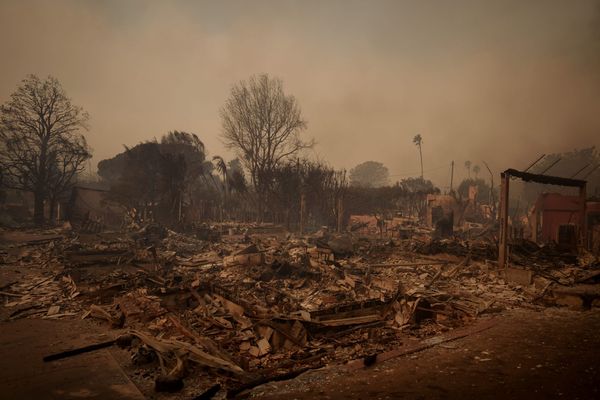
NSW could lose roughly 500 species within 100 years as nature struggles to survive escalating threats including habitat loss and climate change.
The state government's latest biodiversity report makes for sobering reading and reflects the alarming environmental decline occurring across Australia.
It says biodiversity continues to fall across NSW on almost every measure, with damaged and degraded landscapes less able to support plant and animal life.
The primary threat is habitat loss but nature is also suffering the effects of a growing and accelerating list of menaces, including a warming climate and the enormous collective toll taken by almost 340 invasive species.
Without intervention the report warns 50 per cent of the state's 1000 or so listed threatened species - some 500 plants and animals - could follow the thylacine into extinction within a century.
The capacity of habitat to support native species declined to 29 per cent in 2020, the report found.
Native vegetation continues to be cleared in a landscape that recently lost so much to the Black Summer bushfires, with more of the same expected as the climate changes.
The clearing of woody vegetation was higher from 2016 to 2021, compared to 2009 to 2015. Much of the clearing has been for agriculture.
Clearing for native forestry has declined each year since 2016, decreasing by about a third between 2020 and 2021.
There was some good news to balance the plentiful bad: the area of land permanently secured for conservation has grown to 11 per cent of the state, and various programs to protect certain species, and deal with feral pests, are having some success.
Environment Minister Penny Sharpe says the decline is worrying but her government is trying to turn things around.
"We are committed to fixing biodiversity offsets and stopping runaway land clearing. We have adopted a whole-of-government approach to tackling climate change and we have boosted environmental protections to their strongest level yet," she said in a statement.
"And we continue to expand protected areas to conserve crucial habitat."
The report covers the period from 2007 to 2023 and projections don't include the potential impacts of interventions, like the Saving our Species program.







